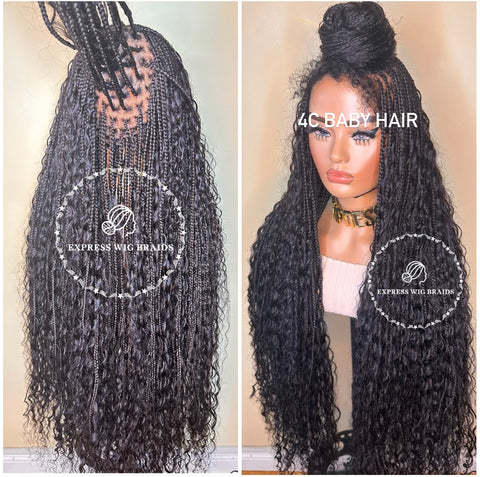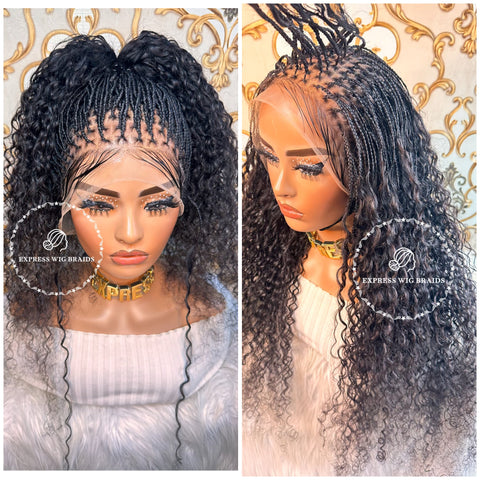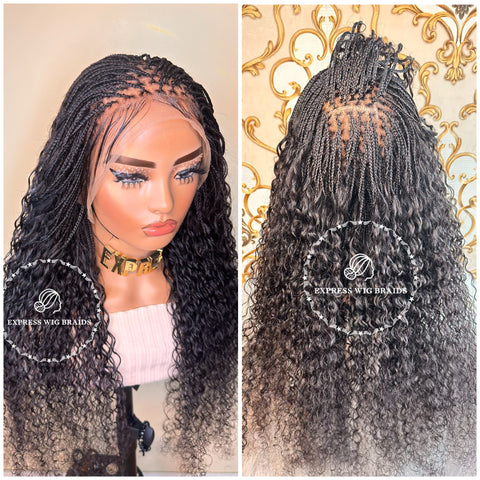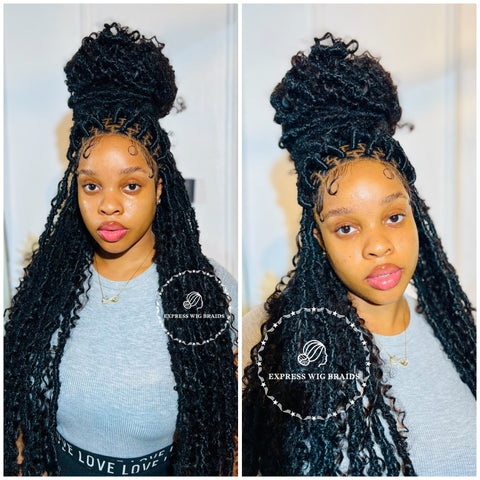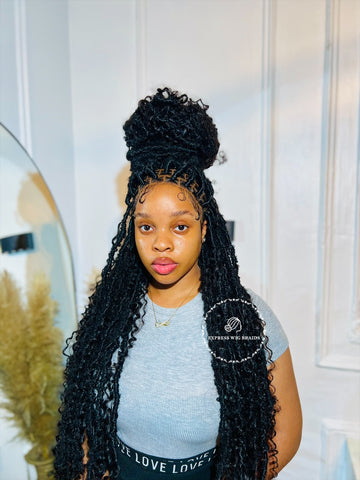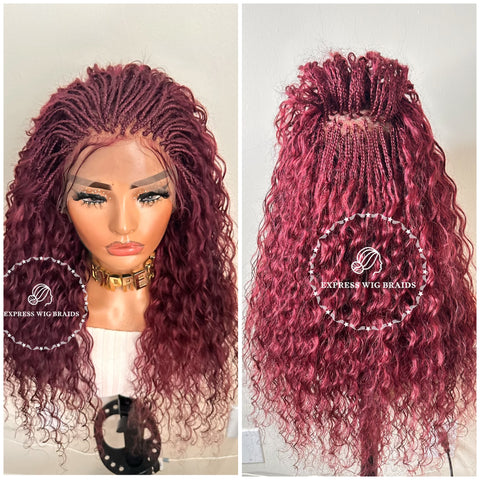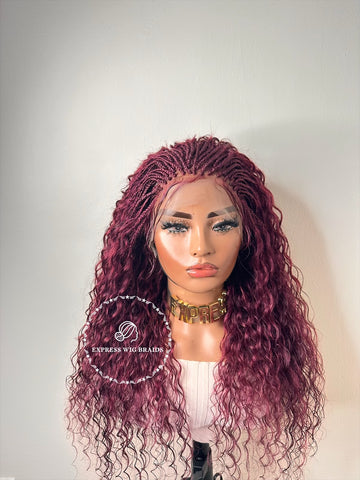Common Hair Problems and Solutions

Struggling with excessive hair breakage or split ends? You're not alone.
Many people face these issues, but with the right knowledge and care, you can address these common hair problems effectively.
This guide aims to explore common hair problems and provide effective solutions to help you achieve and maintain your best hair.
6 common hair problems and solutions
Hair is often considered a key aspect of personal appearance and self-expression.
However, maintaining healthy, vibrant hair can be challenging, given the multitude of factors that affect its condition.
Here are 6 common hair problems and solutions for you:
1. Hair loss and thinningHair loss and thinning can be distressing and are often influenced by a variety of factors, including genetics, hormonal imbalances, stress, and poor nutrition.
For example, Androgenetic alopecia, commonly known as female or male pattern baldness, is a hereditary condition that leads to gradual hair thinning.
Solutions:
- Maintain a diet rich in essential vitamins and minerals to support hair health. Key nutrients include iron, zinc, vitamin D, and B vitamins. Incorporate foods such as leafy greens, nuts, and fatty fish into your meals.
- Consider using scalp treatments or serums that promote hair growth. Look for products containing minoxidil, biotin, or caffeine, which can stimulate hair follicles and improve circulation.
- Manage stress through activities like yoga, meditation, or regular exercise. High levels of stress can contribute to hair loss and affect overall hair health.
- If you’re experiencing significant hair loss, consider consulting a dermatologist or trichologist. They can diagnose the underlying cause and recommend appropriate treatments or medications.
Dandruff is identified by flaky and itchy scalp skin, usually caused by dryness, fungal infections, or reactions to hair products. Scalp irritation may also lead to redness, itching, and inflammation.
Solutions:
- Identify and avoid hair products that may be irritating. Opt for hypoallergenic and fragrance-free products to reduce the risk of allergic reactions.
- Use shampoos specifically formulated to combat dandruff. Ingredients like zinc pyrithione, ketoconazole, or selenium sulfide can help control fungal growth and reduce flakes.
- Apply scalp treatments or oils that provide moisture and soothe irritation. Look for products containing tea tree oil, aloe vera, or chamomile, which have anti-inflammatory properties.
Dryness and split ends are common problems that can make hair appear dull and feel brittle. Hair becomes dry when it lacks moisture and natural oils, often due to excessive use of heat-styling tools, harsh shampoos, or environmental factors such as sun and wind.
Split ends happen when the protective outer layer of the hair cuticle gets damaged and starts to fray, usually due to mechanical stress or insufficient conditioning.
Solutions:
- Avoid using hot water when washing your hair, as it can strip away natural oils. Opt for lukewarm water instead. Use a mild, sulfate-free shampoo and avoid over-washing your hair. Additionally, minimize the use of heat-styling tools like blow dryers and straighteners. If you must use them, apply a heat protectant spray.
- Use deep conditioning masks or treatments that provide intense moisture. Look for organic products containing ingredients like shea butter, argan oil, or glycerin. Apply these treatments once a week to replenish lost moisture and improve hair texture.
- Regularly trimming your hair every six to eight weeks helps prevent split ends from traveling up the hair shaft and causing more damage. This also promotes healthier growth by removing damaged ends.
- Incorporate a leave-in conditioner or hair oil into your routine to provide ongoing moisture and protection throughout the day. This can help maintain hydration and prevent future dryness.
When the cuticle layer of the hair becomes lifted, moisture can penetrate and cause the hair shaft to swell, resulting in frizz. This problem is frequently aggravated by high humidity, over-styling, and inadequate conditioning.
Solutions:
- Avoid rough towel drying, which can exacerbate frizz. Instead, gently blot your hair with a towel or use a microfiber cloth. If using a blow dryer, employ a diffuser and use the lowest heat setting.
- Use anti-frizz serums, creams, or oils to smooth the hair cuticle and control frizz. Ingredients like silicone or natural oils can help seal the cuticle and reduce frizz.
- Consider incorporating smoothing treatments, such as keratin or protein treatments, to reduce frizz and enhance manageability. These treatments help strengthen the hair and provide a smoother finish.
Excessive oiliness can cause hair to look greasy and heavy. This condition is usually due to overactive sebaceous glands that produce too much sebum (natural oil). Contributing factors include hormonal fluctuations, inadequate washing habits, and the use of heavy hair products.
Solutions:
- Incorporate dry shampoo into your routine for a quick fix. Dry shampoos absorb excess oil and add volume, making it easier to manage oily hair between washes.
- Use a clarifying shampoo once a week to remove excess oil and product buildup. These shampoos are formulated to cleanse thoroughly without leaving residue.
- Avoid applying conditioner directly to your scalp. Instead, focus on the mid-lengths and ends of your hair. Use lightweight styling products that don’t contribute to oil buildup.
Color-treated hair commonly experiences issues like color fading, dryness, and damage. The coloring process can compromise the hair structure, leading to increased breakage and a lackluster appearance.
Solutions:
- Use shampoos and conditioners specifically designed for color-treated hair. These products help preserve color and maintain moisture balance.
- Apply leave-in conditioners or color-protecting serums to shield your hair from environmental damage and UV rays. These products can help prolong the vibrancy of your hair color.
- Washing color-treated hair too frequently can strip away color and moisture. Aim to wash your hair less often and use dry shampoo between washes to maintain freshness.
- Incorporate regular conditioning treatments, such as deep conditioning masks, to restore moisture and repair damage. Look for products that contain nourishing ingredients like keratin or silk proteins.
Conclusion
Implementing the right hair care practices and using appropriate products tailored to your specific needs will help you achieve and maintain healthy, beautiful hair.
Whether you’re dealing with one of these issues or a combination of them, the solutions provided here offer a comprehensive approach to improving your hair’s health and appearance.





